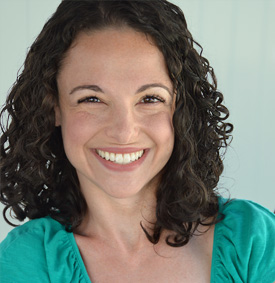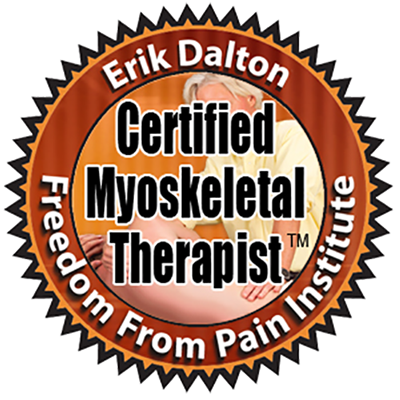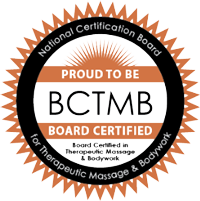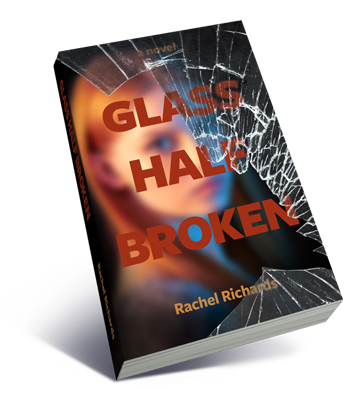News: February 2024
It all starts with the breath
 Breathing is not something we generally think about. It happens automatically and unconsciously. And thank goodness! But the way we breathe has a direct influence on our health and wellbeing. And these days, most of us could use a reassessment.
Breathing is not something we generally think about. It happens automatically and unconsciously. And thank goodness! But the way we breathe has a direct influence on our health and wellbeing. And these days, most of us could use a reassessment.
Grappling with anxiety on a daily basis has become the normal way of life. We're up to our necks with work, parenting, overbooked schedules, illness, constant inpouring of emails, texts, and social media notifications, and ongoing news coverage of war, natural disasters, and a pandemic. Is it any wonder we've forgotten how to breathe correctly?
Chronic stress promotes rapid, shallow breathing. The overactivation of our sympathetic nervous system, which controls our fight, flight, or freeze response, causes us to over breathe, or breathe too quickly. This leads to oxidative stress, which causes cell and tissue damage, inflammation, and disease. Sometimes we even hold our breaths without realizing it! The erratic, inefficient use of oxygen creates incoherence throughout bodily functions, resulting in even more anxiety, a lack of energy, depression, and any number of chronic physical, mental, and psychological illnesses.
We can't control the outside world, but the good news is that we do have control of our internal environment. We have the power to change our physiology, downregulate the nervous system, manage our heart rate and blood pressure, increase our energy, attain mental clarity, improve digestion, and transform how we feel and show up in the world. We can learn to control our breathing.
The first step is simply to notice how you're breathing. Are you breathing through your mouth or nose? Where can you feel the breath in your body? Is your breathing fast or slow? Rhythmic or irregular? Are you holding your breath?
Next, make sure you're sitting or standing upright, with a tall spine. Begin to breathe in and out through your nose. Now, slow down your breathing. When we're anxious, we tend to take more than 12 breaths per minute. Ideally, we want to take about six breaths per minute, through the nose. The nose is equipped to filter, moisten, and warm the air coming into our lungs, so if you don't already, practice breathing through your nose until it becomes a habit.
Make sure you are breathing into your thoracic diaphragm - a large, major breathing muscle that separates the abdominal region from the chest cavity. As you breathe in, the diaphragm should move downward, creating space for the breath, massaging the internal organs, and activating the vagus nerve, the main nerve of the parasympathetic system that's responsible for the body's rest, digest, and relaxation response.
With diaphragmatic breathing, your belly will puff out gently on your inhales, and then flatten back in on the exhales. In addition, the rib cage expands three-dimensionally on the inhale, and relaxes inward on the exhales. With proper, relaxed breathing, there is no movement or tension in the muscles of the shoulders and neck.
Once we slow down the breathing, we can begin to elongate the exhales. There is sympathetic nervous system (fight or flight) activation during inhalation, and the parasympathetic nervous system (rest and digest) is triggered during exhalation. So by controlling our breathing, we control which branch of the autonomic nervous system is dominant. Making the exhales longer than the inhales will down regulate the nervous system and bring us into a state of calm and coherence. (Try the 4-7-8 breathing exercise.)
By practicing slow, diaphragmatic breathing through the nose, you can train your brain to adapt to a much healthier default mode of breathing. It's free and always available to you. Make it a regular practice, even if you only take a few minutes here and there throughout the day. You can even practice in public without anyone noticing!
Some great times to pause and practice slow, diaphragmatic breathing are first thing in the morning, right before going to sleep, before eating, before and after an important meeting or event, waiting in line, riding in a vehicle, going to the bathroom, and whenever you find yourself feeling anxious or stressed. Life can be challenging and unpredictable, but you can face it with calmness, clarity, and resilience. It starts with a deep breath.
To learn more and enjoy guided breathwork, I recommend checking out Jen Broyles' website and YouTube channel.
Forgive Yourself with Self-Massage
Most of us are very forgiving of others, but not so much when it comes to ourselves. In a fast-paced world that prioritizes productivity and achievements, we can feel enormous pressure to do everything and do it perfectly. This mentality wears us down physically, mentally, and emotionally. Even worse, we tend to beat ourselves up for "failing" to live up to impossible standards, or for making any mistake. We are human. We are meant to make mistakes, learn from them, forgive ourselves, and move on. But so many of us harbor guilt, shame, and resentment towards ourselves, and these feelings get trapped in the body.
Today we will use our bodies to explore these deeply ingrained feelings and beliefs, and introduce the idea of self-forgiveness. Through self-massage, we will cultivate a healing environment for our bodies and minds to pause, notice our thoughts and sensations, practice self-compassion and kindness, and release what is no longer serving us so that we can move forward with clear minds and open hearts.
What's new with me ...
Sienna and I had a week of mother-daughter time when we came down with our first bouts of COVID (and hopefully our last) right after New Year's. We enjoyed sleeping in, building with LEGOs, drawing, and playing school with her dolls.
Jesse and I took Sienna for her first trip to the Museum of Natural History. She was awed! Her favorite exhibits were Earth and Planetary Sciences and Human Origins and Culture.

Call or text me today
917-359-8641
I'd be happy to answer
any questions you have!
Massage@Rachel-Richards.com
Subscribe to my Youtube channel!
Did you know?





